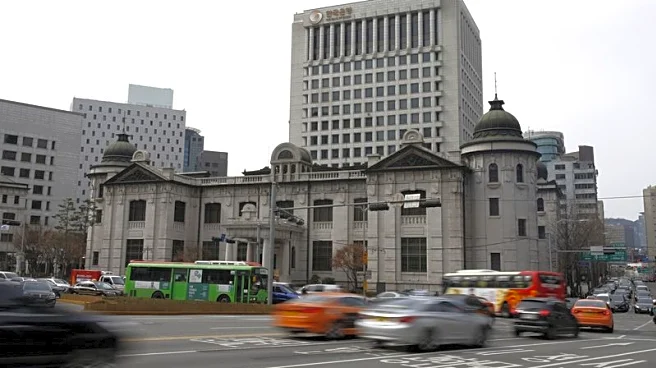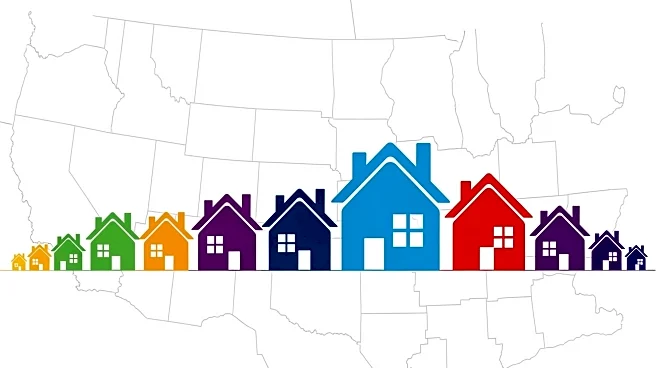What's Happening?
Despite expectations that lower mortgage rates would stimulate the U.S. housing market this fall, the anticipated resurgence has not materialized. Mortgage rates have stabilized at approximately 6.3%,
down from earlier highs, but this reduction has not been sufficient to entice buyers back into the market. According to Redfin, new listings have increased by 4.1% over the past month, yet contract signings have decreased by 1.2%. The market remains in a stalemate, with sellers hesitant to lower prices and buyers waiting for more significant rate reductions. The cancellation rate for home sales reached 15% in August, the highest since 2017, indicating ongoing market instability.
Why It's Important?
The stagnation in the housing market has significant implications for the U.S. economy. Real estate is a major economic driver, and its slowdown can affect related industries such as construction, home improvement, and retail. The current market conditions reflect broader economic uncertainties, including inflation and interest rate policies. Potential homebuyers, particularly first-time buyers, face affordability challenges, which could delay homeownership and impact long-term financial planning. Sellers, on the other hand, may struggle to achieve desired sale prices, affecting their financial liquidity and investment strategies.
What's Next?
The housing market may continue to experience a stalemate unless there are more substantial changes in mortgage rates or housing prices. Buyers may remain on the sidelines, hoping for further rate reductions in the spring. Sellers with low mortgage rates might opt to wait for better offers, potentially leading to a prolonged period of low transaction volumes. Real estate professionals and policymakers will need to monitor these trends closely to address the underlying issues affecting market dynamics.













